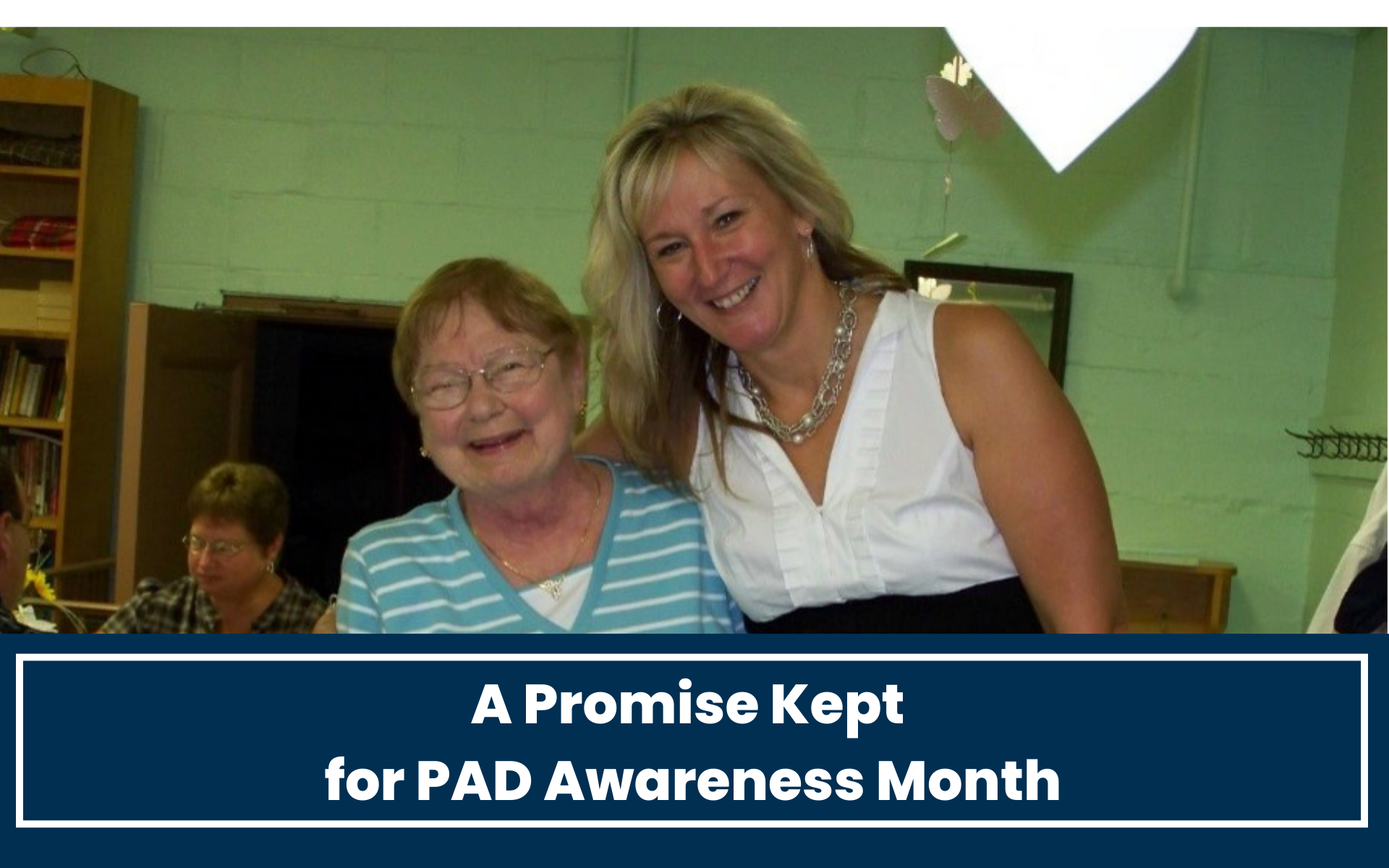Serena Williams and her Experience with Pulmonary Embolisms
By: Vascular Cures Team
In a recent interview with Vogue Magazine, Serena Williams talked about her experience with a pulmonary embolism shortly after the birth of her daughter. Williams has had a history of blood clots and was off her daily regiment of anticoagulants due to her recent emergency C-section. She started feeling short of breath and immediately knew something was wrong. Unfortunately, at first the medical staff did not believe her, but eventually a CT scan proved her right–she had a pulmonary embolism and several small blood clots had traveled to her lungs. She was put on an anticoagulant heparin drip. However, a complication occurred when the the blood thinner caused her to hemorrhage from her C-section site. A few days later, Williams returned to the OR for a filter to be inserted into a major vein, “in order to prevent more clots from dislodging and traveling to her lungs.”
The formation of blood clots in the deep veins of the legs and pelvis is known as deep vein thrombosis (DVT). Usually, with prompt diagnosis and treatment, DVTs are non life threatening. However, if a clot breaks free and travels through the veins to lodge in the lungs, it is a potentially fatal condition known as pulmonary embolism (PE). The symptoms of PE include chest pain, shortness of breath, rapid pulse, or a cough. The Centers for Disease Control and Prevention estimates that in the United States as many as 900,000 people are affected by DVT and PE each year, and up to 100,000 people die each year from these conditions.
Serena Williams was previously hospitalized for a pulmonary embolism in 2011, so she recognized the symptoms of a blood clot and was able to alert the doctors when it reoccurred. This is why raising awareness about the signs and symptoms of vascular diseases and empowering patients to advocate for their health is so important. Learn more about blood clots and PE here.
Health-related information on this website including text, graphics, images, and other material is for educational purposes only and therefore not intended to be a substitute for professional medical advice, diagnosis, or treatment. Always seek the advice of your physician or other qualified health provider with any questions you may have regarding a medical condition. If you think you may have a medical emergency, call your doctor or 911 immediately.
Important Note: Health-related information on this page, including text, graphics, images and other material is for educational purposes only and is not intended to be a substitute for professional medical advice, diagnosis or treatment. All opinions discussed in the PAD Facebook Group and Online Community are solely at the discretion of the administrators and community members and participants.
To learn more about Vascular Cures’ Patients as Partners Program, please visit: https://vascularcures.org/patients-as-partners/





